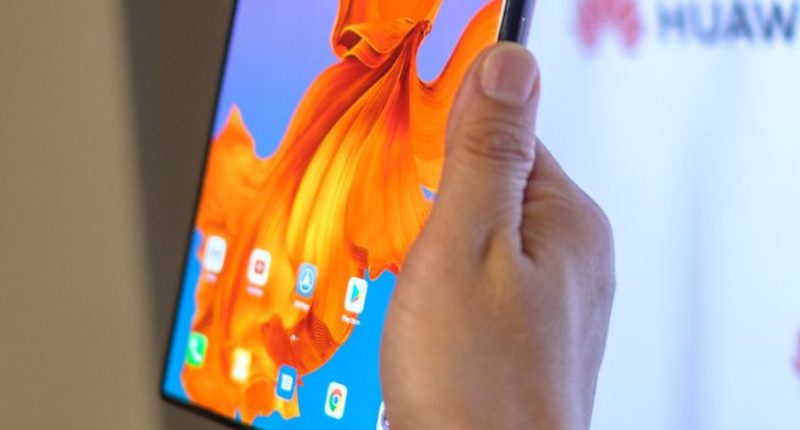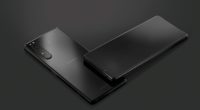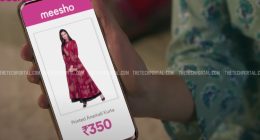Foldable phones are the new frenzy in the market, and have come to save the declining smartphone market from flat lining. Huawei, in its attempt to take the legacy of its foldable phone Mate X further, has launched its second generation variant called the Mate Xs. It looks like a normal sized phone(if you think that a 6.6 inch screen is ‘normal’ sized) at a first glance. However, upon opening up the other foldable screen, it turns into a 8 inch tablet.
The device will be Huawei’s second entry in the foldable screen market and will have additional features over its first variant like more durability, a faster processor and 3D graphics. Most foldable phones in the market so far, though revolutionary, have been fragile and employ plastic screens(even Galaxy Flip’s screen is as strong as plastic even though the company claims it is glass). Hopefully, this device will be much more reliable and sturdier, though nothing can be said until we have it in our hands.
But wait, here’s the biiiiiiiig catch. This new foldable is priced at a breathtakingly staggering $2,704. So yeah, we don’t see this selling. While Huawei’s Mate X remained limited to the Chinese mainland, the Mate Xs is coming to Europe as well
Huawei also has a new tablet in its pipeline called the MatePad, which as the company admits, is heavily inspired by the beautiful Apple iPad Pro. Seeing how Huawei admitted to the tablet’s source of innovation being the iPad, it’s not very surprising that the device mirrors the tablet in a lot of regards.
The 10.8 inch ‘full’ screen is almost comparable to iPad Pro’s 11 inch version, with the Huawei M-Pencil stylus looking like a sibling to Apple’s Apple Pencil. The bezels are thinner than iPad’s but have the same round edges like the Pro variant. Moreover, the stylus connects magnetically to the outer edge of the tablet, just like iPad Pro’s.
With that being said, the tablet comes with 5G connectivity, a feature that is missing from any Apple devices available in the market. The device also comes with additional features like the ability to mirror the display of certain Huawei smartphones in the vicinity. The tablet can also be used to charge other devices wirelessly, a feature that can be very useful for people who carry accessories like wireless earphones.
Huawei has other barriers to get over other than its device’s similarity to iPad. Since U.S. cut off its ties with the company, the phone will not have access to Google apps like Maps and Youtube, which can be a major drawback for what can be an exceptional device. It is yet to see how Huawei manages to bypass this issue, but seeing how people are so set in how they use their apps, the problem might be bigger than what Huawei is ready for.





